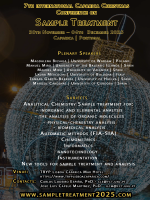Salivary proteomics in ingestive behaviour research: advances, potentialities and limitations
DOI: 10.5584/jiomics.v8i1.231
Abstract
Human saliva proteomics gained interest in the last two decades, mostly due to the non-invasive nature of this fluid collection and its potential for the diagnosis of different oral and systemic pathologies. Curiously, despite saliva being the fluid that first contacts with food, only recently it has been an increased interest in its relationship with ingestive behavior. The relevance of saliva protein composition in food acceptance and preferences is evidenced by the observation that individuals differing in oral food perception present particularities at level of salivary proteome. Individuals with different sensitivities for astringency diverge in the levels of several salivary proteins. The same is true concerning the perception of basic tastes, namely bitter and sweet. Even aroma perception depends on saliva protein composition. Interestingly, some of the proteins observed to differ in function of oral food perception are proteins that present variations with Body Mass Index (BMI). Besides this potential role of saliva in driving food choices, this fluid may have also potential as a source of biomarkers of ingestion. Although less explored, until now, there are evidences of changes in saliva protein composition based on the type of diet: diets rich in polyphenols induce modifications in saliva composition, in animal models and high-fat diets were also observed to change the levels of salivary alpha-amylase in rats. These different points will be reviewed in the present article.









